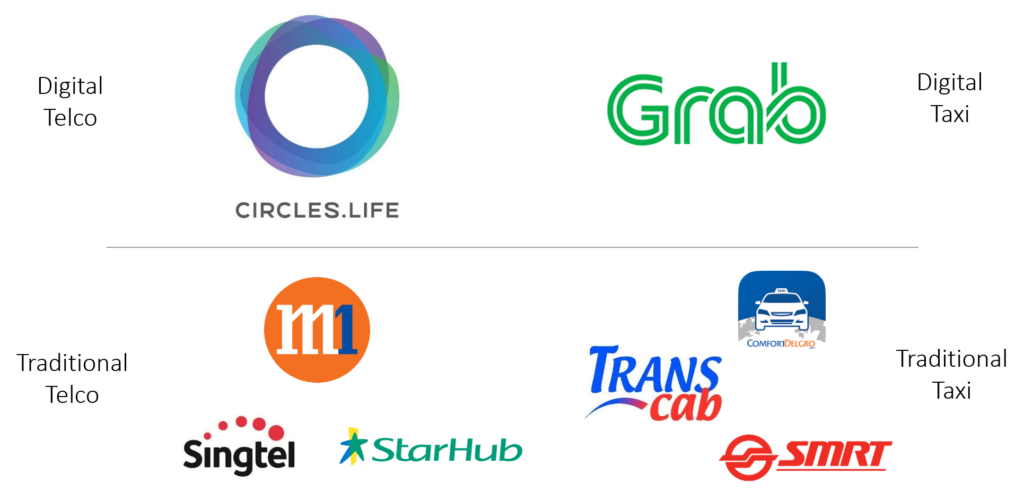
What is Klaus referring to when he says “new world”? i.e. what is the ‘old world’?
The old world refers to a common goal that has had a strong emphasis since the 1970s:
‘The goal of business is to increase shareholder wealth’.
To increase shareholder wealth, business leaders may implement various strategies and tactics including:
- Economies of scale
- Standardisation
- Slowly reducing budgets
- Low-cost offshore employees
- Low-cost tools/technology etc
In the new world, these strategies and tactics start to make less sense. As they may limit our ability to be a ‘fast fish’.
Why do we need to be a Fast Fish?
What made Klaus share his views that “The fast fish eats the slow fish”?
Because it was evident (in 2015), that Startups and Digitally-enabled Enterprises were taking significant market share from incumbent organisations. And once a Customer had left an incumbent, it was very difficult to get them back. Even if the incumbent later transforms (i.e. too slow, you lose).

Note: The logos here are from Singapore, however you should be able to draw your own local references from the Digital/Traditional rows.
When do we need to be a Fast Fish?
Business Agility is most suitable (not only suitable) for Invention and Innovation, which is represented as the S-curve on the Product/Service Lifecycle (or hockey-stick to Americans).
During the phases of Maturity & Saturation (cash-cow) and Decline (poor-dog), organisations tend to emphasise the importance of standardisation and process efficiency to reduce operating costs. Thereby protecting, or improving profits as demand flat-lines and eventually begins to decline.

It may seem feasible that depending upon the speed of competition and/or technological advances an organisation may find that it is continuously on an S-Curve, and hence always (and only) need Business Agility.

However, this is rarely 100% true. As an organisation will have a portfolio of Products and Services, and not all of them need ‘continuous’ innovation. For example budgeting services from Finance, payroll services from HR etc.
